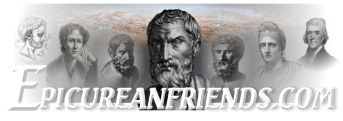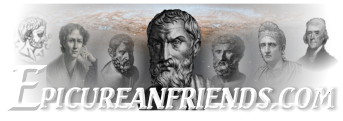Thank you, HsiehKW, that is a very thorough response and I will have to read it again more carefully tomorrow!
In response to your last paragraph, I agree that plants are not cognitive; I cite them merely in a thought experiment, in order to outline the operation of prolepsis as non-cognitive. The inclusion of prolepsis in the Canon seemed to require a process linked to sensation and rooted in physiology, which I tried to take as nearly as I could to its hypothetical extreme.
Your division of prolepsis into two adaptive orders is particularly interesting to me. As I said, I will return for a more careful reading!
Thank you again!

